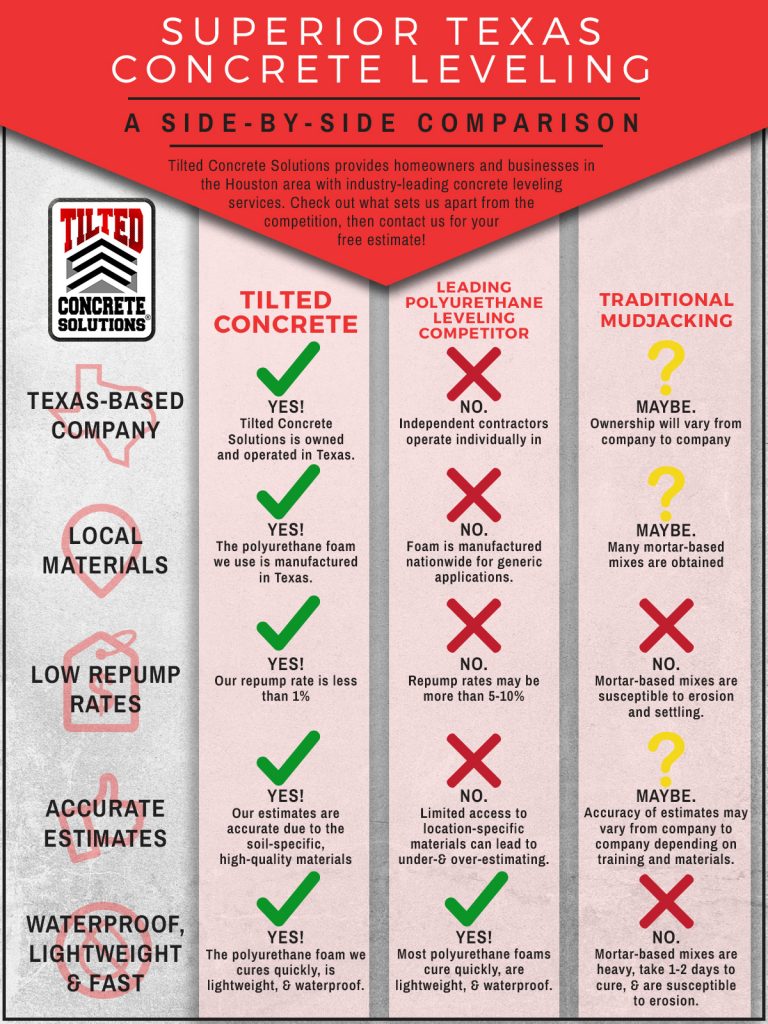Seasonal Considerations For Industrial Outside Paint: What You Required To Know
Seasonal Considerations For Industrial Outside Paint: What You Required To Know
Blog Article
Article By-Ford Rosendal
When you're planning an industrial outside painting task, seasonal elements can make or damage your results. You'll intend to think about how temperature and humidity effect paint application and drying times. Picking the ideal period can ensure your paint sticks effectively and lasts much longer. However which periods are truly the very best for this type of job? Allow's explore the crucial elements that can influence your project's success.
The Impact of Temperature on Paint Application
When you're intending a commercial outside paint task, the temperature can significantly affect exactly how well the paint adheres and dries.
Ideally, interior house painting denver want to repaint when temperature levels range in between 50 ° F and 85 ° F. If it's too cold, the paint may not heal properly, resulting in problems like peeling or cracking.
On the other hand, if it's also hot, the paint can dry too promptly, preventing proper adhesion and causing an unequal finish.
You must also consider the time of day; early morning or late afternoon uses cooler temperature levels, which can be a lot more beneficial.
Always inspect the supplier's suggestions for the details paint you're utilizing, as they typically offer advice on the optimal temperature level range for ideal results.
Moisture and Its Effect on Drying Times
Temperature level isn't the only environmental element that influences your industrial exterior paint job; humidity plays a considerable duty also. click here for more info can slow down drying times significantly, influencing the general high quality of your paint work.
When the air is filled with wetness, the paint takes longer to treat, which can result in problems like poor attachment and a higher risk of mildew development. If you're repainting on a particularly moist day, be planned for prolonged wait times in between coats.
It's critical to keep track of neighborhood weather and plan accordingly. Preferably, aim for humidity levels in between 40% and 70% for ideal drying out.
Maintaining these consider mind ensures your task remains on track and provides a long lasting surface.
Best Seasons for Commercial Exterior Painting Projects
What's the best time of year for your industrial outside paint tasks?
Springtime and very early autumn are typically your best choices. Throughout these periods, temperature levels are mild, and humidity degrees are usually lower, creating optimal conditions for paint application and drying out.
Avoid summer's intense heat, which can trigger paint to dry as well swiftly, resulting in poor adhesion and coating. Similarly, winter months's chilly temperatures can impede appropriate drying and treating, taking the chance of the longevity of your paint task.
Aim for days with temperature levels between 50 ° F and 85 ° F for optimal outcomes. Keep in mind to check the local weather report for rain, as wet conditions can spoil your task.
Preparation around these elements ensures your painting project runs efficiently and lasts longer.
Conclusion
Finally, preparing your commercial outside paint tasks around seasonal considerations can make a considerable difference in the outcome. By scheduling job during the ideal temperature levels and humidity degrees, you'll guarantee better adhesion and drying out times. Keep in mind to watch on local weather prediction and select the right time of year-- springtime and very early autumn are your best choices. Taking these steps will help you accomplish a sturdy and professional finish that lasts.
